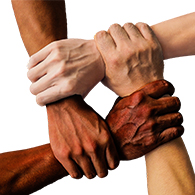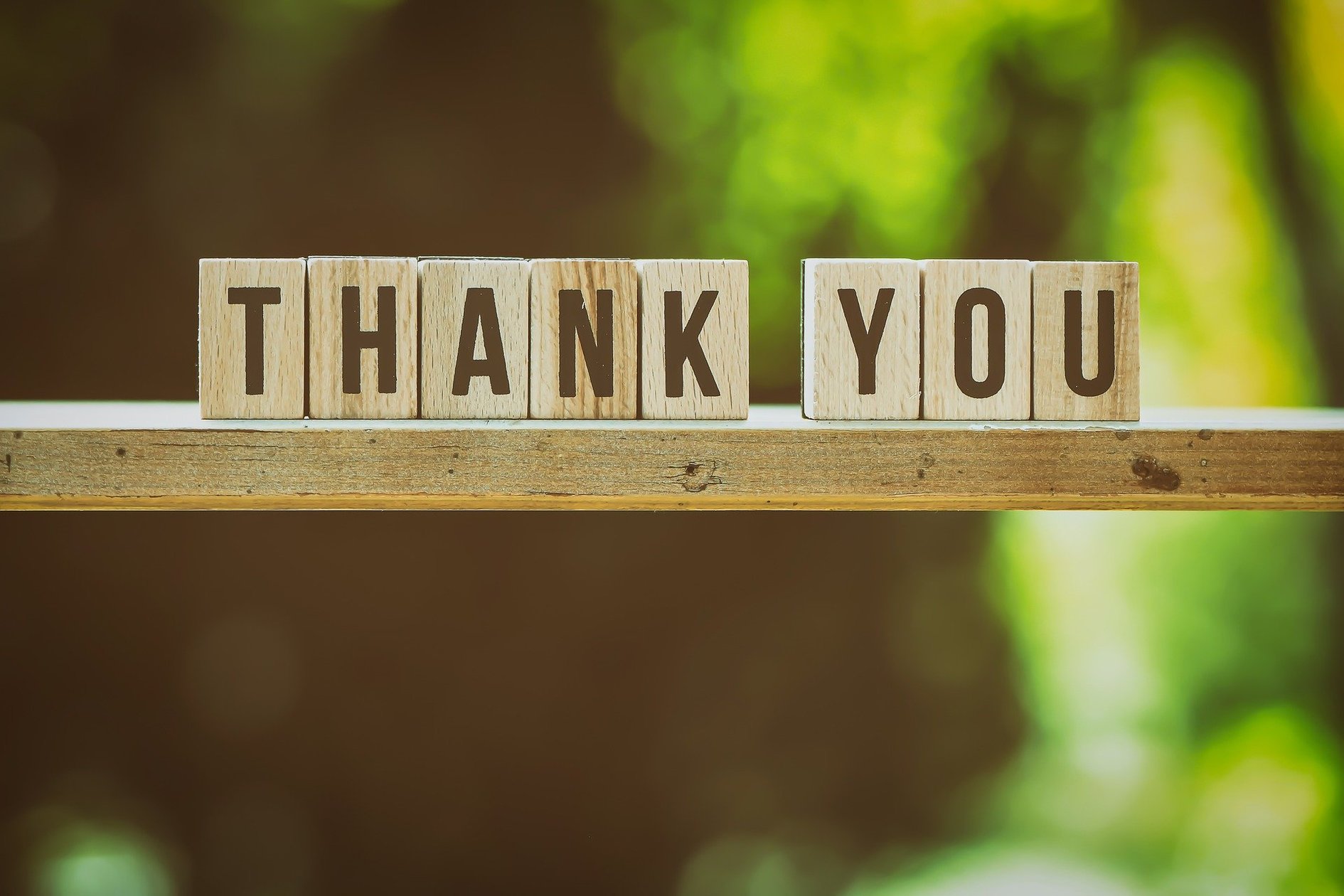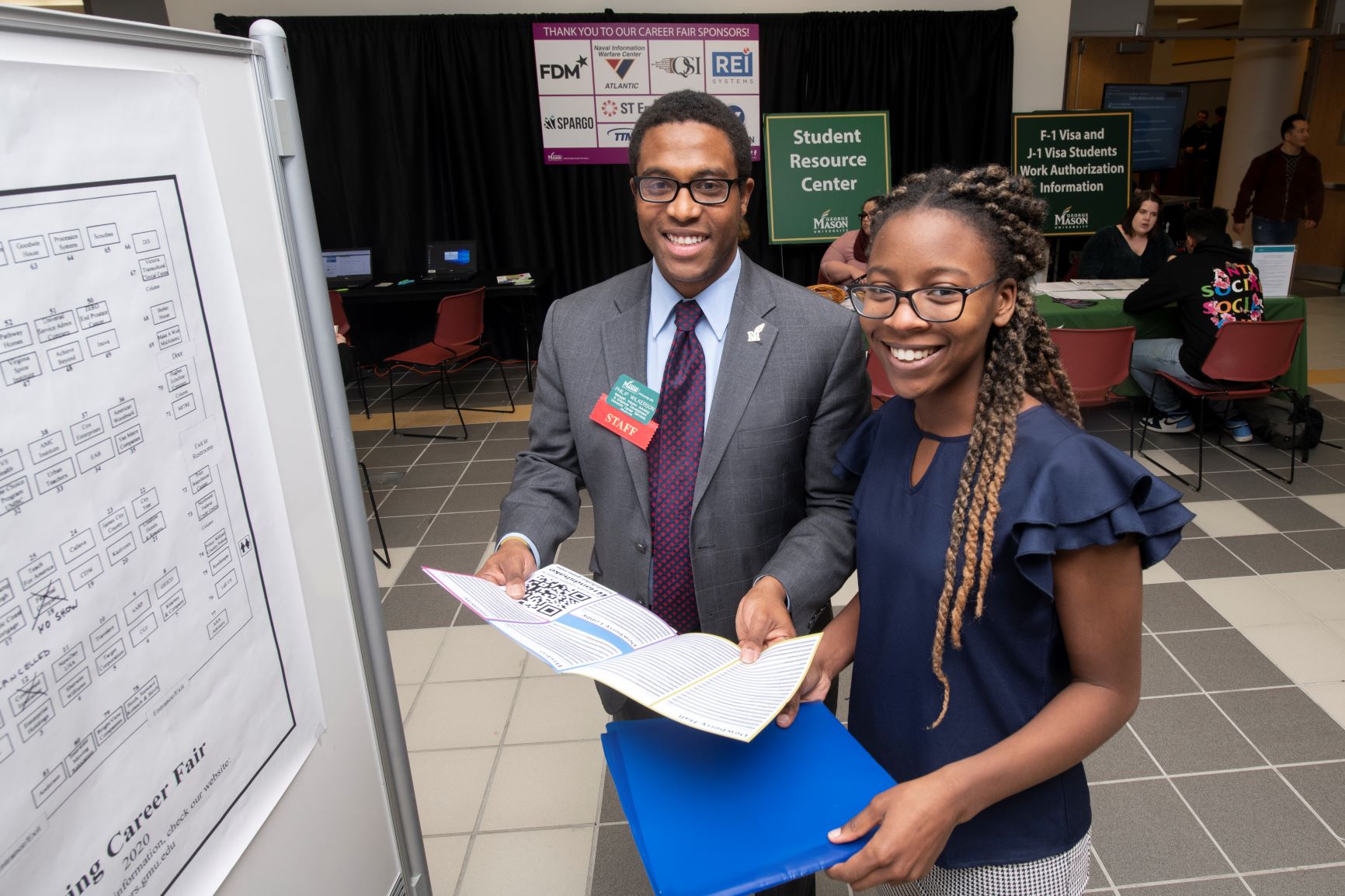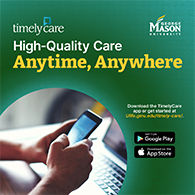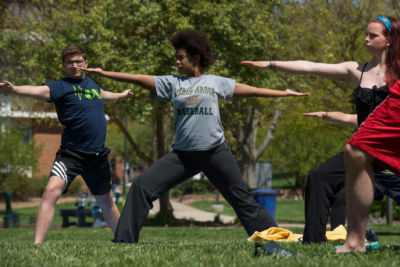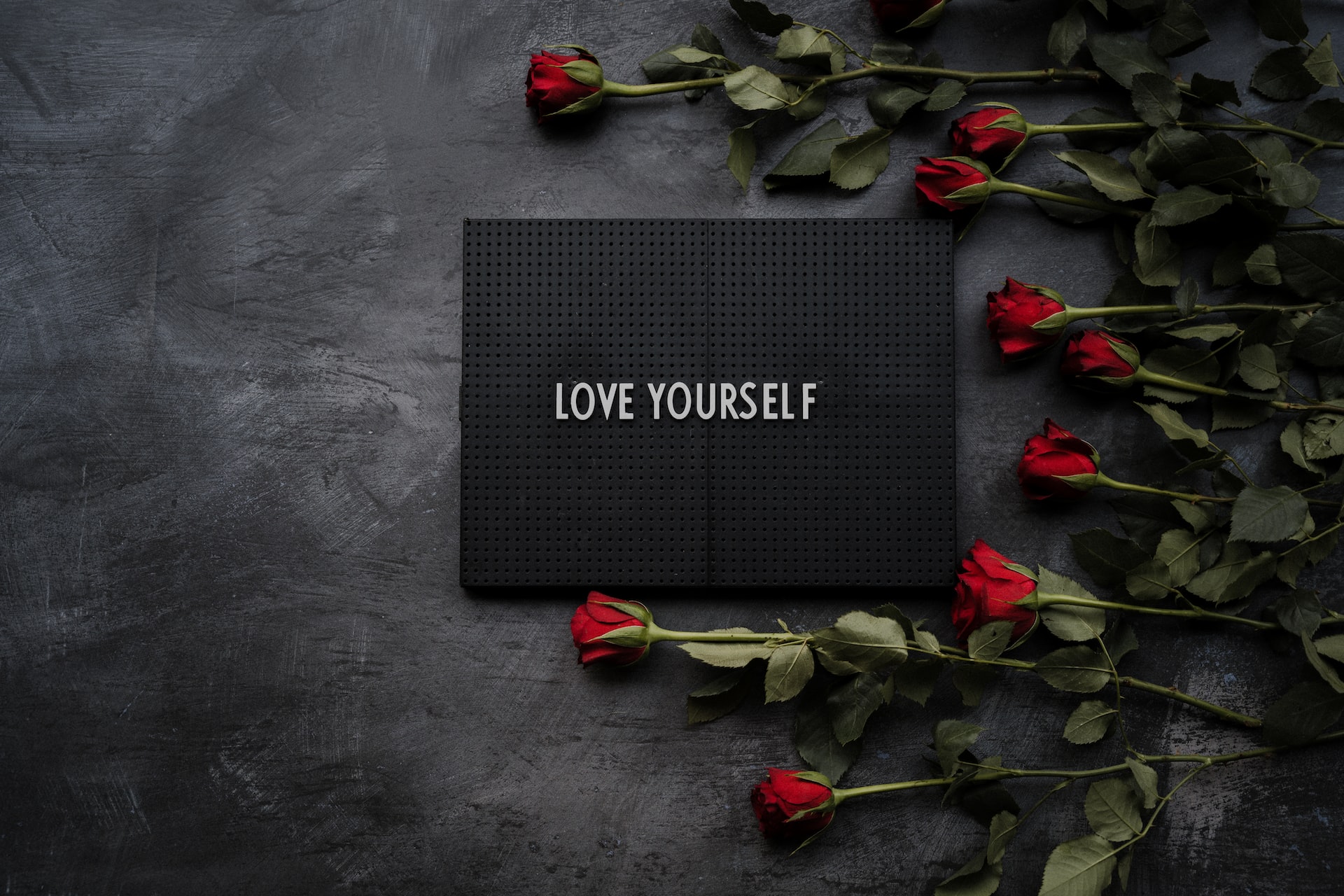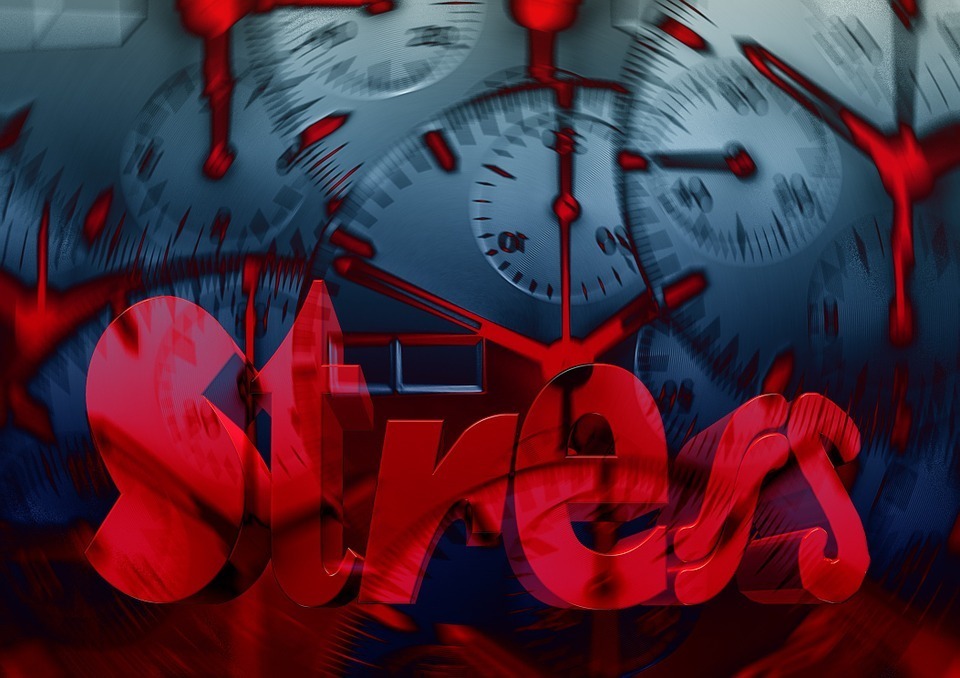By: Anasa Alamgir, Oksana Hia, Connor Shannon, Michelle Murillo, and Maya Andrews, Mason students in the School of Business
“Microaggressions add up. No matter how confident people from marginalized or underrepresented communities feel about their identities, microaggressions create unsafe spaces and make individuals feel like perpetual outsiders.” – Mira Yang
Microaggressions – hurtful statements or actions that are indirect, subtle, or unintentional – may seem small, but they can significantly harm people’s well-being. When microaggressions happen on the job, you need to address them in order to promote well-being at work. Here is how to manage microaggressions in the workplace.
The term “microaggression” originated in the 1970s by Chester Pierce, a Harvard Medical School graduate and senior advisor to the children’s television show Sesame Street, according to the American Psychiatric Association. The term originally only included unintentional racism, but was later expanded on by Columbia University psychologist Derald Sue to include intentional or unintentional slurs/actions, insensitive messages, and invalidation of experiences or identity of marginalized groups, this American Psychological Association article notes.
Unconscious Bias
Microaggressions are a symptom of a larger problem, which is unconscious bias against people in marginalized groups created from years or centuries of oppression. Marginalized groups typically include women, people of color, immigrants, disabled people, elderly people, those who identify as LGBTQ+, and those with low socioeconomic status, though they can include groups such as felons and veterans as well, according to the Institute of Education Sciences. The consistent onslaught that people in marginalized groups face can cause significant harm. This New York Times article explains that microaggressions have been described by psychologists as “death by a thousand cuts”, a phrase that means for a person to experience small hardships repeatedly enough that it damages them. The difficulty in discussing microaggressions comes from the fact that many perpetrators of microaggressions are not intending to offend, even though they do, the American Psychological Association article points out.
In this Forbes.com article, Dr. Pragya Agarwal notes that when she first meets someone, she is often asked “Where are you from? I love Indian food, your English is very good, or how long are you here for?”. These comments may be unintentional but are subverted by everyday racism and stereotypes.
One of the students who helped write this article shares that she has experienced microaggressions. When she tells people that she is Ukrainian, the response she receives is, “Do you speak Russian?”. This is irritating to her because she does not speak Russian. Since she is from Ukraine; she speaks Ukrainian. Assuming that I speak Russian because my country borders and was occupied by Russia is demeaning to the thousand years that the Ukrainian language was developed from its Slavic origin. It would be considered equally weird to ask an immigrant from France if they spoke Spanish because French and Spanish are both Romance languages, or an immigrant from the United Kingdom if they spoke German because English and German are both Germanic languages.
A Compound Impact on Well-Being
Microaggressions like these can compound over time and have a negative impact on someone’s physical and psychological health. Microaggressions bring a negative perspective to both parties as it creates distrust and judgment, this Forbes.com article points out. Another example from the perspective of an African American, outlined in this Harvard Business Review article, illustrates the negative implications of the statement, “I see your hair is big today! Are you planning to wear it like that to the client meetings?”. This can be perceived as “natural black hairstyles are not professional” in the work environment. Another example of microaggression is calling someone by the wrong name. Forbes mentions how people are constantly being mistaken for someone else. This often occurs with people with a similar skin color who do not have any resemblance. This may be an accident; however, it sends the message that they are not viewed as individuals. The best solution to the issue is to prevent microaggression by spreading awareness about the harmful impact of microaggression and conducting preventive measures such as workshops and training, the Harvard Business Review article says. This Globe and Mail article recommends that leadership in the workplace be proactive in educating their employees on how to respond.
How to Respond to Microaggressions
When confronted with microaggressions, the New York Times article recommends taking three steps to de-escalate the situation: recognize, dissect, and respond. Microaggressions can be a minor comment and hard to recognize at first. In the first step – recognize – it is important to identify microaggression when it occurs. Once identified, the second step is to dissect. Dissecting the message entails understanding what the perpetrator is saying. The last step is to respond by confronting the microaggression when it occurs, or later in the form of intervention. Confronting microaggressions and letting the person understand that it hurts you helps to prevent it from happening again to others.
Microaggressions are a serious matter. They affect the work environment, mental health, and work productivity. The cumulative product of microaggressions can cause long-term negative effects and implications, thus microaggressions need to be addressed and prevented. As the Forbes.com article notes, this is especially important in the workplace as the long-term effect of chipping away at an employee’s well-being can have profoundly detrimental consequences on the employee’s performance.
Additional Resources
This article from The Atlantic.com offers advice on what to do, and what not to do, when responding to microaggressions.
This Wall Street Journal video explains research into microaggressions that women experience.
This American Psychological Association article explains research into microaggressions that Black students experience.
Write one of these Thriving Together Series features! We’re looking for contributions on all topics related to well-being. Read other Thriving Together Series articles here and contact us at cwb@gmu.edu for guidelines. Thank you for helping our Mason community thrive together online!



